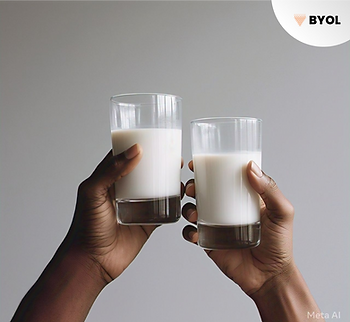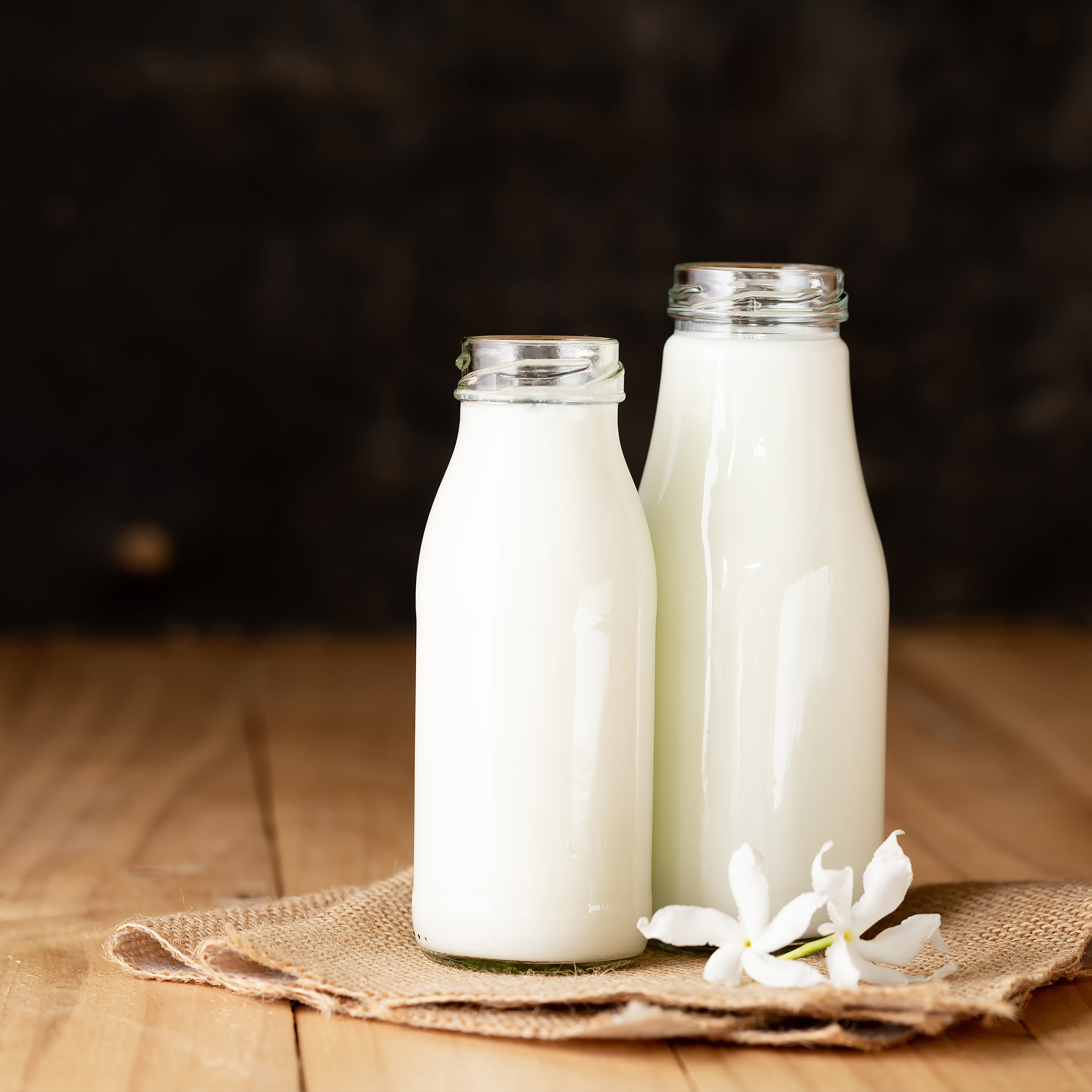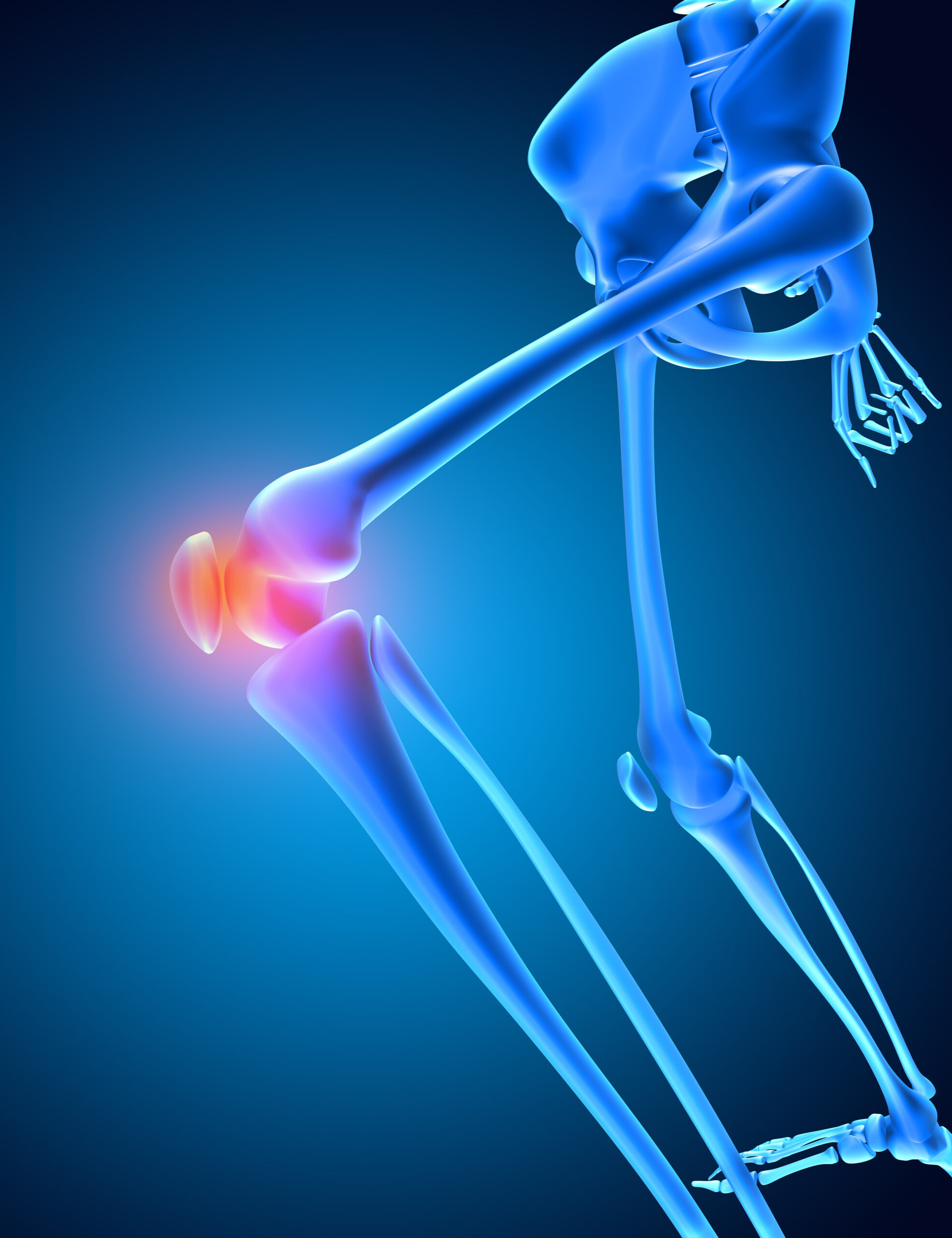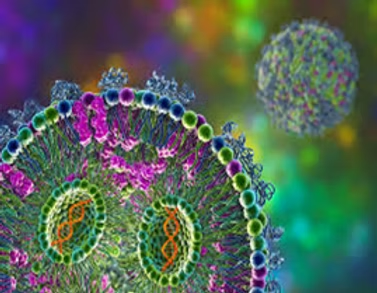Introduction
Milk is described as nature’s ideal diet. However, to Indians, milk transcends dietary and nutritional perspectives. The identification of milk with the Indians continues to be linked not only in terms of economic contexts but also interwoven with the socio-cultural context. It is difficult to locate a home in India that doesn’t begin their day without milk. India is a land of milk with the production reaching 239.30 million tonnes in the year 2023-24, registering a growth rate of 5.62 % over the past decade. The per capita availability of milk in India is recorded to be 471 gm/day (as released in BAHS, 2024).
Milk plays an important role in human nutrition and development throughout life and is composed of various nutrients like proteins, fat, sugar, minerals, and vitamins. Milk is the preferred choice of most individuals as a major source of calcium to fight osteoporosis, colon cancer, and induce weight loss. Currently, dairy cows are the primary source of milk globally. Milk consists primarily of two proteins, i.e., casein and whey protein. Casein, comprising 80% of the overall protein content, is the most extensive group of milk proteins and is further divided into αs1-, αs2-, β-, and κ-casein families. Beta-casein is the 2nd most prevalent protein among these families. Mutation in β-casein has resulted in the development of its 13 genetic variants, with the A1 and A2 β-casein variants being the most prevalent. Thus, according to the type of casein protein, milk is referred to as A1 and A2 milk. Some studies imply that A2 milk is more secure than A1 milk. In recent years, scientists have been interested in A1/A2 variants with the speculation that excessive A1 β-casein intake is correlated with several human illnesses. Research also indicated the other genetic allele A2 may be safe with none of the hazardous consequences, beneficial for lactose intolerant, and healthier for overall well-being. This article discusses the probable impact of A1 and A2 milk on human health and the role of our native cattle breeds.
A1 and A2 milk

According to current literature, the type of casein that a cow secretes in its milk is determined by the type of genes that it possesses for the same. It may be homozygous for A1 or A2, or co-exist as heterozygous codominance. Originally all the milk was A2, but due to a genetic mutation in the A2 β-casein gene somewhere around 3000 years ago in Europe, the A1 type emerged. Both types differ in the type of amino acid at the 67th position with histidine in A1 and proline in A2. A1 variant forms a bioactive peptide ‘opioid’ β-casomorphin-7 (BCM-7) upon gastrointestinal digestion of milk. BCM-7 has been implicated to be associated with human health risks as it has the potential to influence numerous opioid receptors in the nervous, immune, and endocrine systems. Once BCMs are absorbed, they get localized in the nervous tissues to influence the endocrine and respiratory systems. It has been observed that the association between A1 milk and health conditions such as Type 1 Diabetes Mellitus, Cardiovascular diseases, Delayed Psychomotor Development in children, Autism, Schizophrenia, Sudden Infant Death Syndrome, Autoimmune Diseases, Intolerances, and Allergies, is increasing. Further, patients with gastrointestinal conditions like Ulcerative Colitis, Stomach Ulcers, or on long-term antibiotic therapy are more likely to be affected than other individuals.
Cattle breeds associated with A1 and A2 milk
Researchers have found that the cross-breeding of European cattle with Asian and African cattle during the last couple of thousand years could have resulted in the creation of A1 genes in cross-bred animals. The ratio of A1 and A2 β-casein production in milch animals varies immensely between species, breeds, and at different geographical locations. This variation observed is more area-specific than breed-specific. The A1 variant has commonly been found in Northern European breeds like Friesian, Holstein, Ayrshire, and British Shorthorn, while the A2 variant has been found in several native cow breeds that have not been genetically modified such as Channel Island cows, Guernsey and Jersey breeds, Southern French breeds like Charolais and Limousin, Zebu originally from Africa, and the Indian Gir cow. A significant effort to increase milk production in India is centered on cross-breeding, which has led to an increase in the number of Holstein and Jersey breeds within our national herd. Both of these breeds produce A1 or A2 milk, but the Jersey breed has a higher prevalence of A2-type milk. Research conducted by the National Bureau of Animal Genetic Resources (NBAGR), Karnal, on 22 Desi cattle breeds has determined that the majority genotype in India’s native cattle is A2A2 type, proving that our indigenous buffaloes and cows yield only A2 milk. The frequency of the A2 allele was 100% among the five milk breeds, namely Red Sindhi, Gir, Rathi, Sahiwal, and Tharparkar, which implies that these breeds lack the A1 allele or A1A1/A1A2 genotype. Among the rest of the breeds, the prevalence of A2 allele has been estimated to be around 94%. Several countries are screening their milk-producing animals for the milk protein type by DNA testing, with numerous countries having their commercial kits available now. However, in India standards of milk as specified in Food Safety and Standards (Food Product Standards and Food Additives) Regulations, 2011 do not mention/recognise any differentiation of milk based on A1 and A2 types.
Health concerns associated with A1 and A2 milk
Type 1 Diabetes Milletus (DM-1)
The involvement of A1 milk in the development of DM-1 has been a contentious issue for many years. It is believed that A1 β-casein may increase the risk of DM-1 in children with genetic predisposition by releasing BCM-7, an opioid peptide that affects the immune system and produces autoantibodies against pancreatic β-cells. The majority of animal experiments on rats and mice have revealed the diabetogenic activity of A1 β-casein through opioid receptors, whereas the administration of A2 β-casein has not resulted in any significant impact.
Coronary heart disease (CHD)
The A1/A2 hypothesis suggests that high levels of A1 β -casein are linked to increased risk of Coronary Heart Disease. The effect of milk protein on CHD has been explained as an increase in plasma cholesterol caused by A1 β-casein. It has been observed that atherosclerotic lesions contain Tyrosyl, which is one of the oxidation products of β-casein. BCM-7 is also thought to be a potential source of low-density lipoprotein which is engulfed by macrophages and thus initiating atherosclerosis. It has been observed that rabbits consuming A1 milk had increased cholesterol levels and a greater percentage of the aorta surface area covered by fatty streaks compared to A2 milk-fed rabbits.
Sudden Infant Death Syndrome (SIDS)
Respiratory infections, brain abnormalities, and low birth weight are a few possible reasons for infant deaths during the first year of birth. It is considered that BCM-7 is absorbed into the blood from the immature juvenile GI tract and passes through the blood-brain barrier because of the immature central nervous system of infants. BCM-7 leads to depression of the respiratory center within the brain stem, ultimately resulting in the death of the newborn.
Neurological diseases
Several studies have indicated that BCM-7 could be involved in the pathogenesis of Autism and Schizophrenia. Certain researchers have indicated that milk peptides can exhibit toxic effects at the level of the central nervous system through their interaction with neurotransmitters.
Gastrointestinal discomfort
The consumption of milk and milk products has led to an increase in the number of individuals with milk intolerance syndrome due to lactose insensitivity, A1 protein intolerance, and BCM-7 release that slows down food movement within the GIT resulting in an increased time for lactose fermentation. BCM-7 has been found to stimulate µ-receptors thus affecting GI motility in adults as well as in neonates. Further, A1 β-casein has been reported to induce a local inflammatory response, reflected by the release of pro-inflammatory markers like myeloperoxidase in the experimental animals.
Conclusion
Bovine milk and milk products have been a central part of the Indian diet for long. A bit of analysis with genetics and pedigree selection, as prevalent in Brazil and Argentina like nations, our native cattle breeds can be made to produce adequate quantities of milk. The hybrid cows primarily produce A1 milk, which is reported to cause a wide range of illnesses in humans. However, the Indian native breeds that are naturally sourced have been found to produce A2 milk, which is more digestible and is not reported to cause any health hazards. Thus the advantages of A2 milk over A1 milk are supposed to be numerous. Regardless of the findings obtained from various studies, additional scrutiny and research needs to be performed, and if the future results show A2 milk’s role in eliminating all likely health risks, an adjustment to the milk chain has to be provided similarly.
References
- Baldi A., et al. “Biological effects of milk proteins and their peptides with emphasis on those related to the gastrointestinal ecosystem”. Journal of Dairy Research 72.S1 (2005): 66-72.
- Elliott RB., et al. “Type I (insulin-dependent) diabetes mellitus and cow milk: casein variant consumption”. Diabetologia 42.3 (1999): 292-296.
- H Tomkin G and Owens D. “LDL as a cause of atherosclerosiss”. The Open Atherosclerosis and Thrombosis Journal 5.1 (2012).
- Kaminski S, Cieślińska A, Kostyra E. Polymorphism of bovine beta-casein and its potential effect on human health. J applied Genet. 2007;48:189-198.
- Laugesen M, Elliott R. Ischaemic heart disease, Type 1 diabetes, and cow milk A1 β-casein. NZMJ 24 January. 2003;116:1168.
- Sahin O, Boztepe S, Aytekin İ. A1 and A2 bovine milk, the risk of beta-casomorphin-7 and its possible effects on human health: (II) Possible effects of beta-casomorphin-7 on human health. Selcuk J Agri Food Sci. 2018;32:640 645.
- Sodhi M, Mukesh M, Kataria RS, Mishra BP, Joshii BK. Milk proteins and human health: A1/A2 milk hypothesis. Ind J Endocrin Met. 2012;16:856.
- Tailford KA., et al. “A casein variant in cow’s milk is athero- genic”. Atherosclerosis 170.1 (2003): 13-19.
- Truswell AS. The A2 milk case: a critical review. Eur J Cli Nutr. 2005;59:623-631.
- Ul Haq MR., et al. “Impact of milk derived β-casomorphins on physiological functions and trends in research: a review”. In- International Journal of Food Properties 17.8 (2014): 1726-1741.
- Zemel MB, Thompson W, Milstead A, Morris K, Campbell P. Calcium and dairy acceleration of weight and fat loss during energy restriction in obese adults. Obes. Res. 2004;12:583-590.







